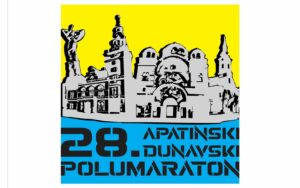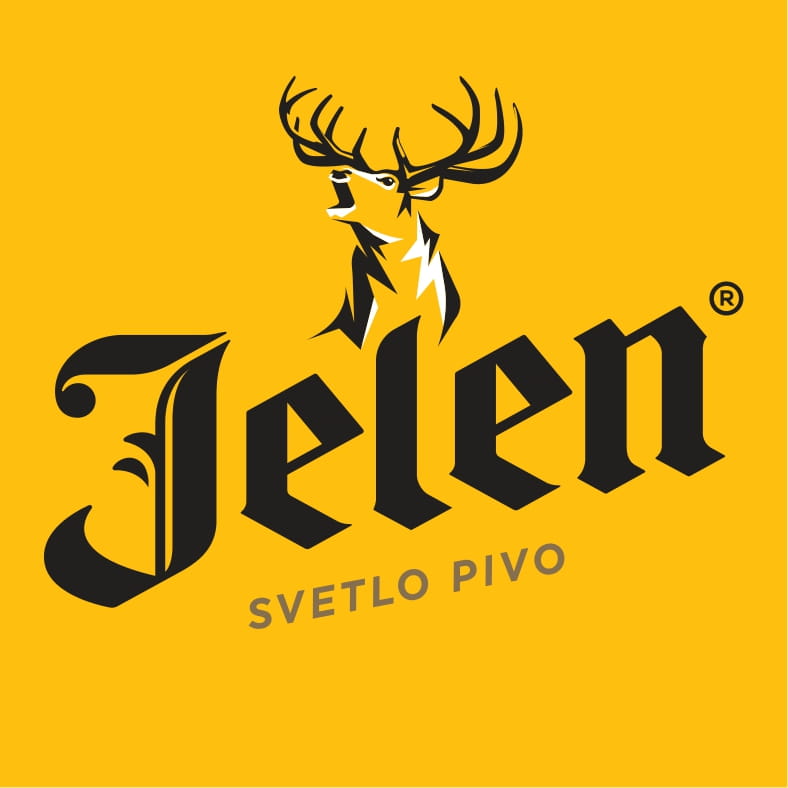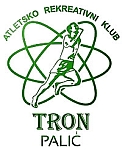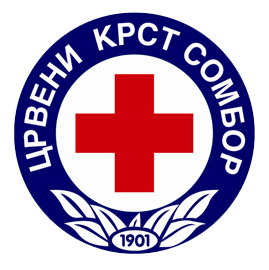Dobrodošli na zvanični sajt Apatinskog Dunavskog polumaratona!
Spremni smo da vas provedemo kroz ovu nezaboravnu trku duž obala prelepog Dunava.
28. Apatinski Dunavski Polumaraton 20.10.2024.


28.
APATINSKI DUNAVSKI POLUMARATON 20.10.2024

27. APATINSKI DUNAVSKI POLUMARATON (video)
Raspis trke
28. Dunavski polumaraton će se održati 20.10.2024. PREUZIMANJE BROJEVA: U prijavnom centru (12.10.2024 od 15:00 do 19:00 časova) i na dan trke (13.10. od 08:00 do 10:15 časova). Start i cilj obe trke je ispred glavnog ulaza u Banju Junaković. Start polumaratonske trke i trke zdravlja na 10km 11.00 casova. Proglašenje pobednika i dodela priznanja je posle trke, a po obrađenim rezultatima trke u prostorijama restorana Banje Junaković. U istim prostorijama će biti organizovan i prigodan ručak i druženje do proglašenja pobednika.
Startni paketi
19.10.2024. godine od 15 i 00 do 19 časova i na dan trke 20.10.2024. od 8 i 00 do 10 i 15 časova. Preuzimanje se vrši u prijemnom centru koji se nalazi u Banji Junaković (glavna recepcija)
Start trke
Start polumaratonske trke 21,097 km i trke zdravlja 10km je istovremeno u 11.00 časova. Start i cilj obe trke je na istom mestu ispred glavnog ulaza u Banju Junaković
Posle trke
Proglašenje pobednika i dodela priznanja je posle trke a po obrađenim rezultatima trke u prostorijama restorana Banje Junaković.
Najnovije vesti
- MULTIVITA i Apatinski Dunavski polumaraton zajedno u nove pohode i uspehe.Postignut je jedan lep sporazum o zajedničkom dejstvovanje i saradnji između Multivite i Apatinskog Dunavskog polumaratona Multivita kao brend bezuslovno je podržala 28. Apatinski Dunavski polumaraton koji se održava 20.10.2024. godine.. Link: https://multivita.in/sr/. Facebook: https://www.facebook.com/multivitars Instagram: https://www.instagram.com/multivitasrbija/
- 28. Apatinski Dunavski polumaraton, 20.10.2024.Dragi naši prijatelji polako krećemo u novu avanturu, 28. Apatinski Dunavski polumaraton, 20.10.2024. godine. Ponovo ćemo zajedno protrčati apatinskim ulicama. Prijave startuju 01.01.2024. godine u 12,00 časova….. Sretnooooooo
- Dragi nasi trkaci…Krećemo ponovo u našu i vašu zajedničku priču 27. Apatinski Dunavski polumaraton, 15.10.2023. godine Prijave otvaramo u subotu 15.04.2023. godine u 12,00 časova. Prijave na linku Trka.rs 27. Apatinski Dunavski polumaraton Ove godine po prvi put i kategorija Nordijsko hodanje 10 km…koja ce biti novina uz polumaraton 21,097 km, 10 km i stafetnu trku 2×5 km Dobro

Nikada ne smete odustati. Pobednici nikad ne odustaju, a ljudi koji odustaju nikad ne pobeđuju.
– Ted Turner
Uporni ljudi počinju svoj uspeh tamo gde drugi završavaju svoj neuspeh.
– Edward Eggleston
Ako želiš da trčiš – istrči milju. Ako želiš da osetiš drugačiji život – istrči maraton.
– Emil Zatopek



























